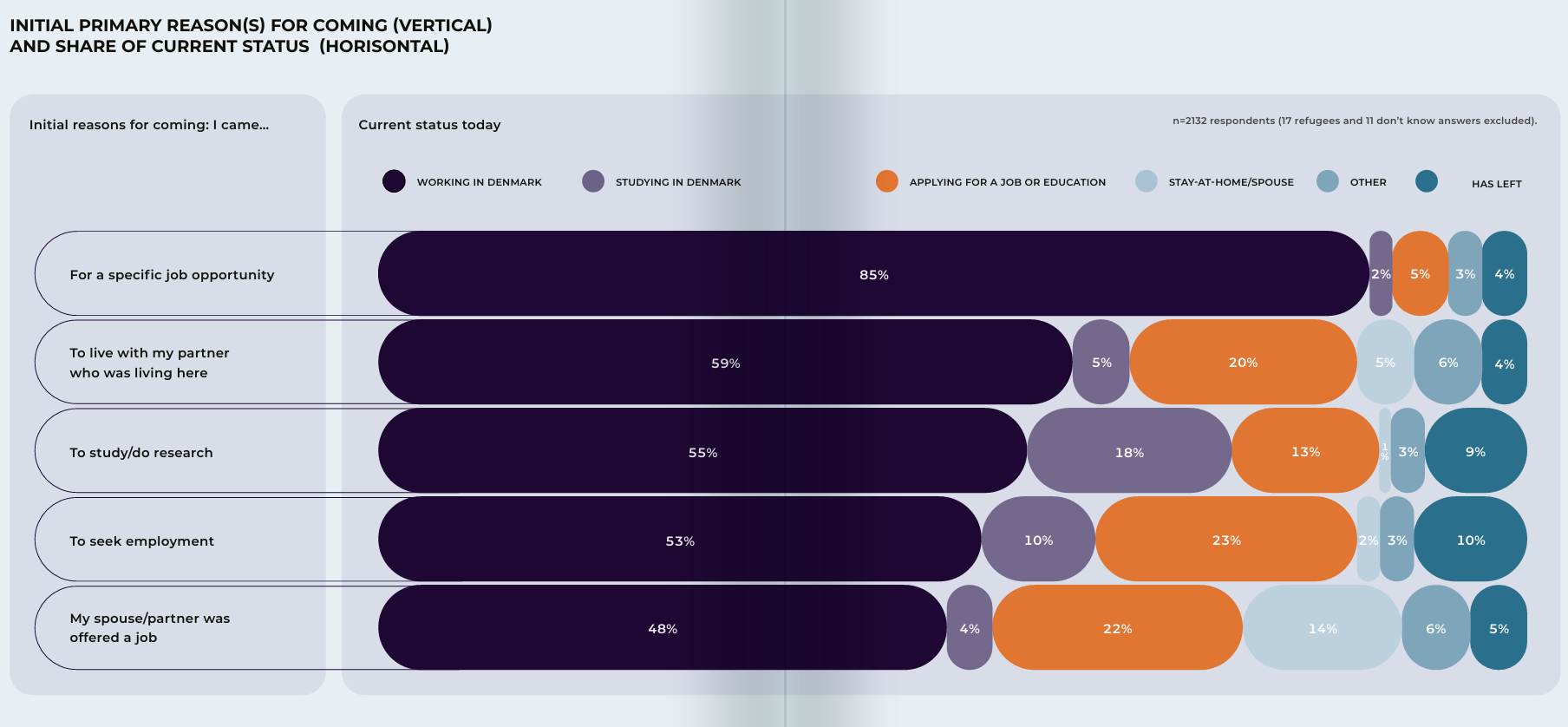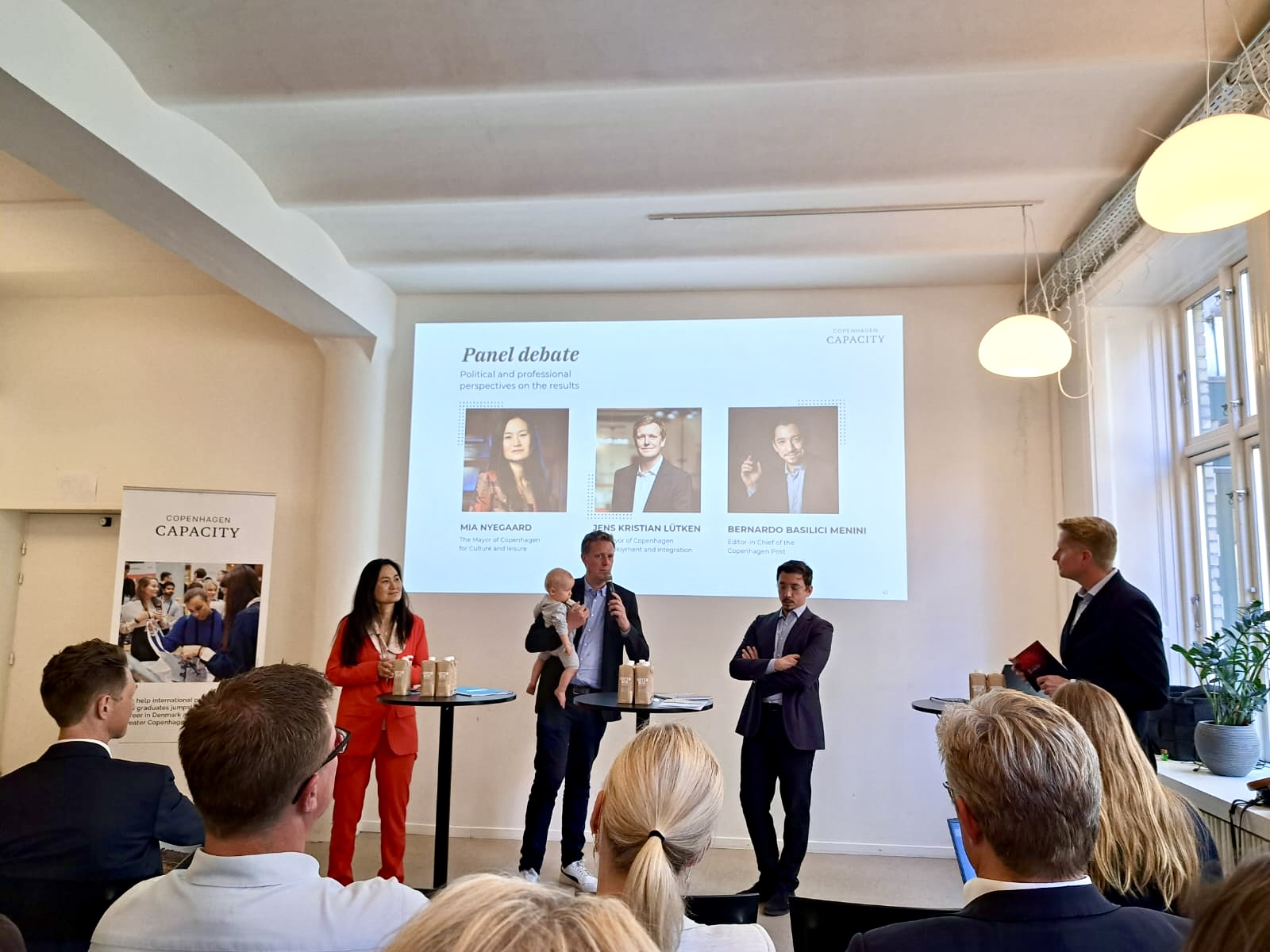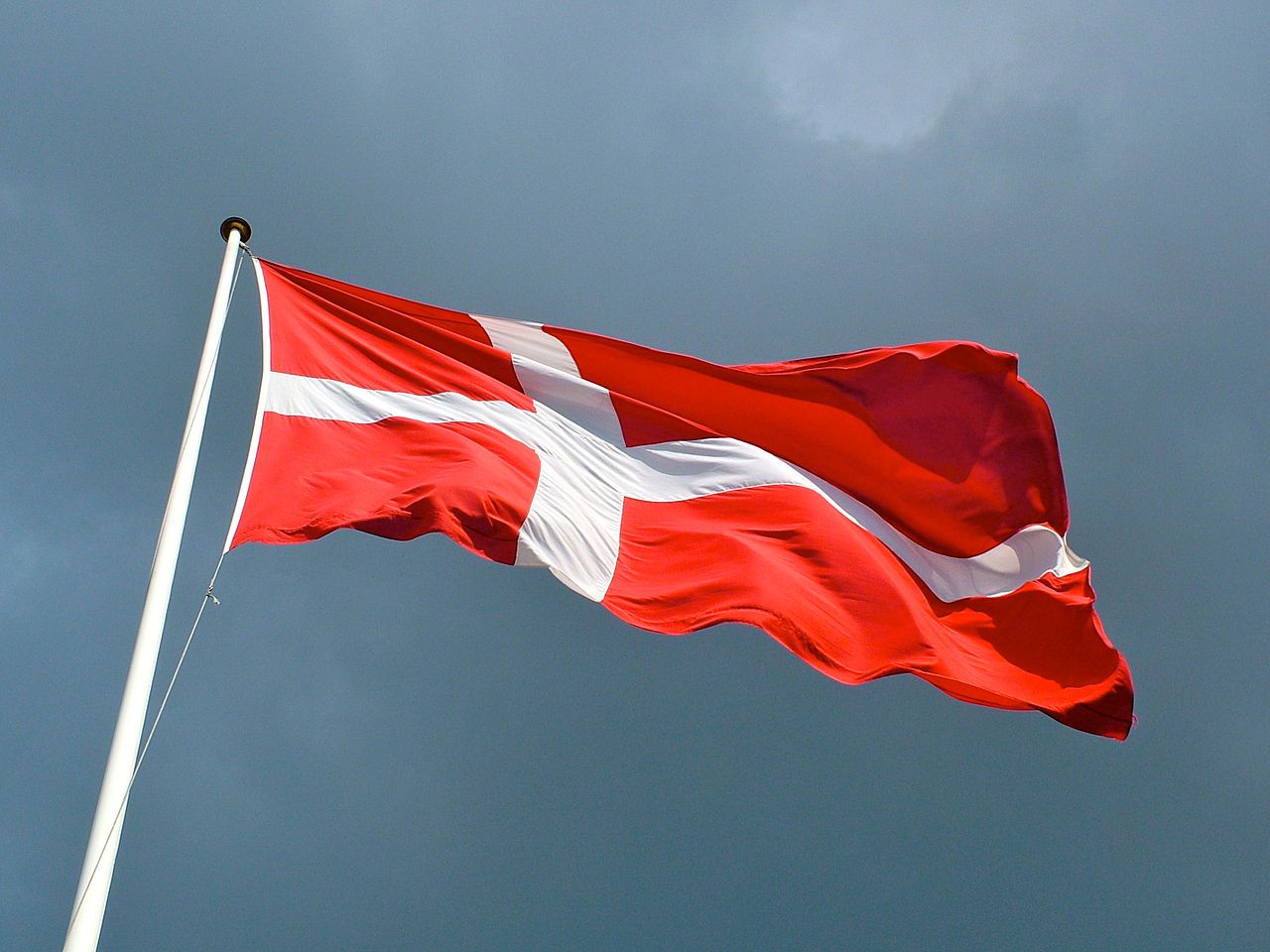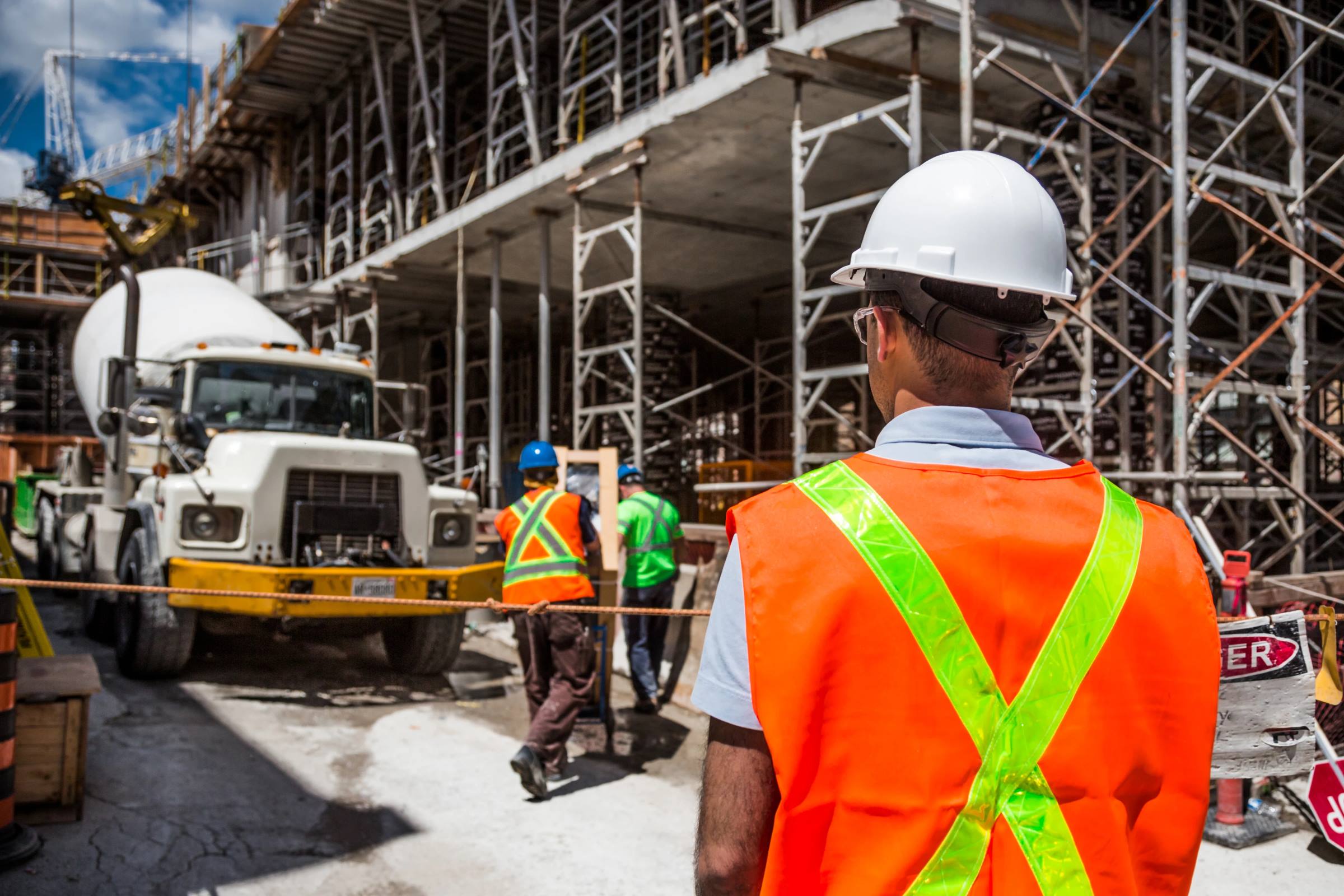As urban centers across the globe face rapid population growth and environmental pressures, Copenhagen is striving to balance development with expansion.
At TechBBQ, Liselott Stenfeldt, Director of R&D at the renowned architecture firm Gehl, discussed Copenhagen’s strategies for maintaining its reputation as a leading example of thoughtful urban planning while addressing the challenges posed by rising housing prices and increasing population.
CPH Post: Cities all over the world are attracting people. How do you think it’s possible to grow as an urban conglomerate without compromising the natural environment or turning suburbs into boxes?
LS: Copenhagen is setting an example with its focus on equity across the city. The city’s approach ensures that new projects contribute to a vibrant urban environment and are replicated to provide equal opportunities across different areas.
This is achieved through careful planning, which includes accessibility and avoiding gentrification as much as possible. By making thoughtful decisions that prioritize equity, Copenhagen aims to keep the city vibrant and inclusive.
CPH Post: Balancing quality housing and urban planning is one of Denmark’s strengths. Do you think it will be possible to maintain this balance with rising housing prices and an increasing population?
LS: The challenge is significant. Copenhagen is known for its high property prices, and maintaining a balance requires a variety of housing options. While regulating prices remains difficult, public-private partnerships are crucial, and understanding a mix of functions are of value.
Studies for instance show that proximity to green spaces and playgrounds increases property values by approximately 15 percent. This indicates that investing in public spaces can benefit private developers as well, providing an incentive for collaboration between them and city planners.
CPH Post: How do you envision Copenhagen in 10 years?
LS: Just like a lot of cities, Copenhagen has some space that is currently underutilized due to changes in work patterns and lifestyle. The aging, and still very active, population and increasing digitalization will drive demand for co-living spaces and new housing solutions.
Companies will also create more third spaces for employees. These evolving trends will impact both physical environments and pricing models, with a renewed potential for fintech and digital marketplaces playing a significant role.
CPH Post: Do you think Copenhagen will become a city like Paris, London, or Rome?
LS: Copenhagen will grow, but it will retain its unique character due to its proximity to smaller centers and natural areas. The city’s focus on preserving traditional architecture and green spaces differentiates it from other major capitals. Although Copenhagen will become more international, its growth is regulated by political and social factors, which will influence how large the city can become.
CPH Post: What about the smaller towns in the countryside?
LS: Increased connectivity will change the need for being close to a city. For example, remote work reduces the necessity for daily office commutes, which may lead to a shift in physical space requirements.
The focus should be on understanding these changes and adapting social infrastructure accordingly. This could lead to a more anthropological approach to urban planning, reflecting how societal needs and interactions are evolving.












